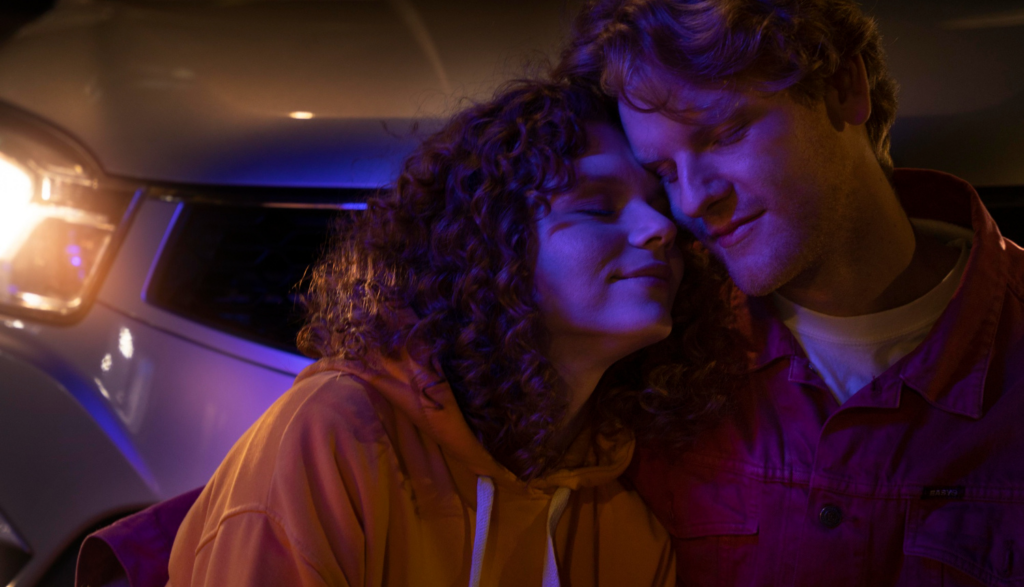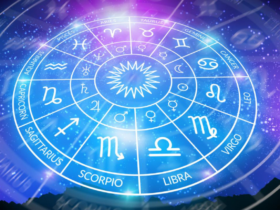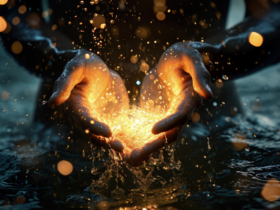Love is a universal theme in cinema, but the way it’s portrayed varies significantly across cultures, reflecting the unique values, traditions, and social norms of each society. From Hollywood’s grand romantic gestures to the subtle and reserved portrayals in East Asian cinema, these differences offer a glimpse into how different cultures understand and express love.
In Western films, particularly those from Hollywood, love is often depicted as passionate and dramatic. Characters express their emotions openly, with grand gestures, intense confessions, and dramatic kisses. Movies like The Notebook or Pretty Woman emphasize the idea of a love that overcomes obstacles, valuing personal freedom and the pursuit of happiness. The narrative tends to focus on individual desires and the chemistry between two people, often celebrating the idea of a “soulmate.”
In contrast, many Asian films, such as those from Japan, China, and Korea, tend to emphasize subtlety and restraint in romantic storytelling. Love is often shown through small, tender gestures rather than declarations of passion. In Japanese cinema, like Lost in Translation, love can be communicated through lingering glances or the quiet presence of a partner. This reserved approach reflects cultural values that prioritize emotional depth and the unspoken connection between people. Korean dramas often build romantic tension through slow-burn relationships, focusing on the process of getting to know each other deeply before any romantic resolution.

Indian cinema, especially Bollywood, offers a vibrant and diverse portrayal of love. Bollywood movies often feature elaborate musical sequences and colorful settings, using song and dance to express emotions that might be difficult to articulate in words. Love in these films is portrayed as a powerful, transformative force, with couples overcoming societal barriers such as class differences or family expectations. Films like Dilwale Dulhania Le Jayenge balance passion with family values, highlighting the tension between individual desires and traditional expectations.
In European films, love is often portrayed with a focus on realism and complexity, embracing the imperfections of relationships. French cinema, for instance, explores the nuances of romantic relationships, often presenting love as bittersweet and complicated. Films like Amélie or Blue Is the Warmest Color delve into the intricacies of connection, focusing on the characters’ inner lives and the emotional journey rather than a fairy-tale ending. These films reflect a cultural appreciation for authenticity and the complexities of human emotion.
Related: Tapping into Venus Energy to Deepen Emotional Bonds
These diverse portrayals of love in film reveal the ways different cultures interpret romance and connection. While some emphasize passion and spontaneity, others celebrate quiet devotion or the complex dance between tradition and modernity. Ultimately, they all highlight the richness of human relationships, offering audiences a chance to see love through a different cultural lens and appreciate the many forms it can take.





















